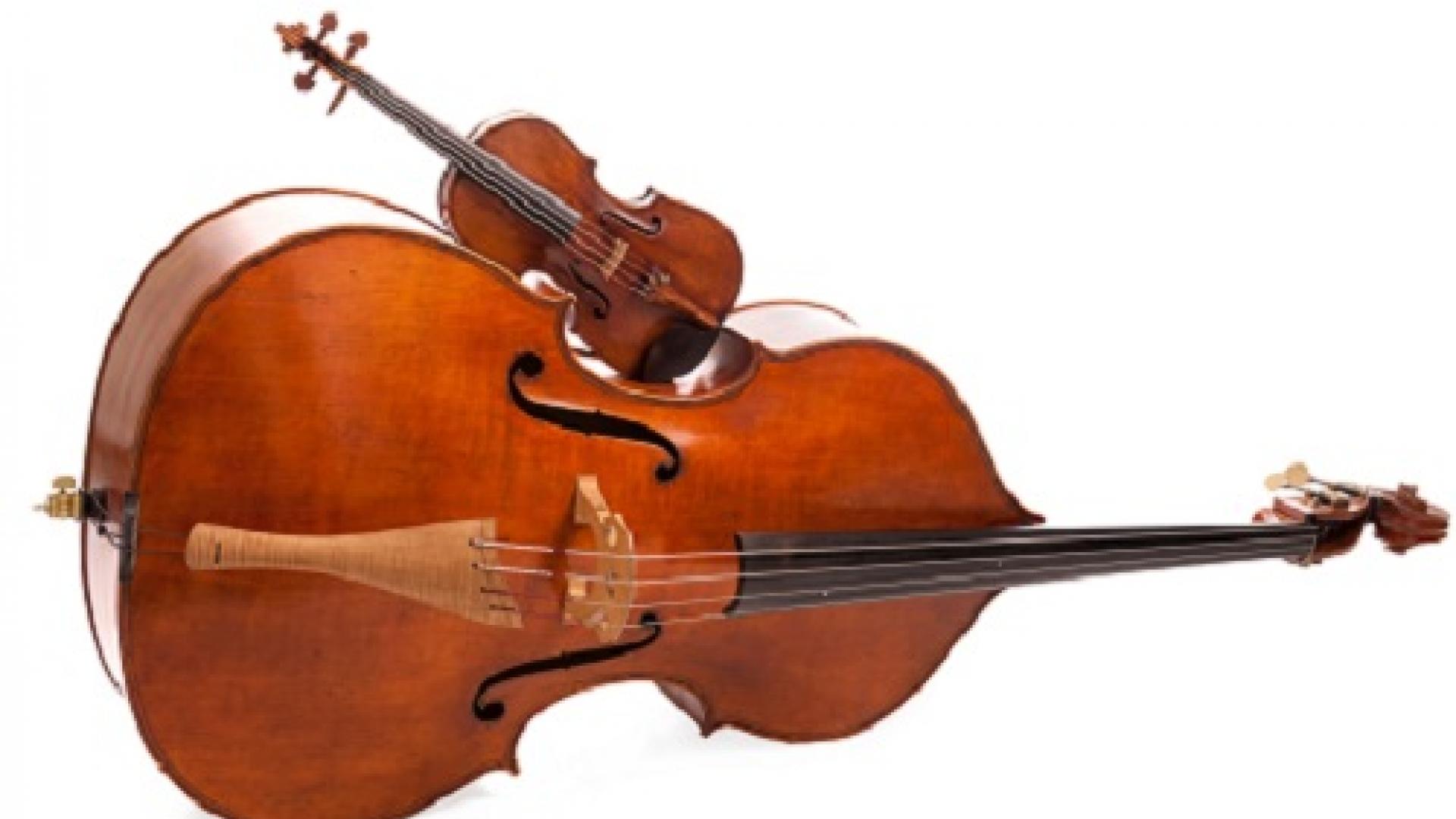© aldegonde le compte / Alamy Stock Photo
In any orchestra, the lowest notes are made by the largest instruments; for example, in the string family, the double bass resonates much lower notes than the violin because it is four to five times larger. The same is true for loudspeakers. Large speakers, known as woofers, are required to produce clear bass notes while small speakers, like those in mobile phones, produce high tinny noises that don’t do justice to recorded music.
Jiajun Zhao and Ying Wu from KAUST, with coworker Likun Zhang at the University of Mississippi, have proposed a new miniaturized device that can emit deep, powerful sounds using so-called subwavelength technology.
“A traditional audio setup combines small loudspeakers for high frequencies and large woofers for low frequencies, which is bulky and clumsy,” says Zhao. “We use structural resonances to build a miniaturized loudspeaker system that works as well as traditional ones.”
The structural resonances proposed by the researchers involve putting a sound source in a ring-shaped enclosure made from high-density brass with coiled air-filled channels. The air channels reduce the overall speed of the sound, which enhances low-frequency sounds and suppresses higher sounds.
“Through the resonance of the air inside the channels, a lot more of the electric power of the source is converted to sound power than would otherwise be the case,” explains Wu.
Computer simulations of this design showed that the enclosure not only enhanced low sounds but also emitted powerful sound in all directions around it. This overcomes another limitation of traditional loudspeakers, which tend to emit sound in only one direction.
Read the full article

